Demystifying Hysteroscopy: A Guide to this Vital Gynecological Procedure
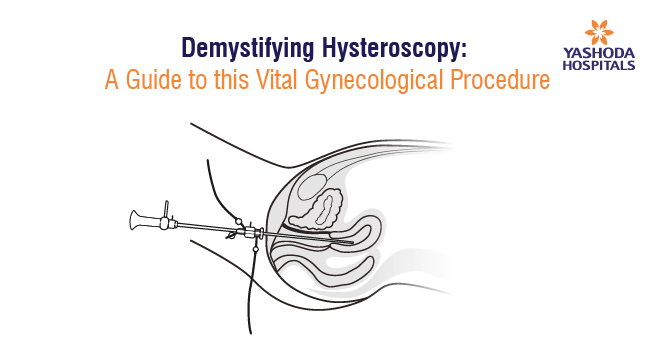
Hysteroscopy has emerged as a valuable solution to various gynecological issues, offering both diagnostic and therapeutic benefits. A thin, illuminated tube known as a hysteroscope is inserted into the uterus during this minimally invasive technique in order to view and inspect the uterine interior. Without the need for invasive surgery, it enables accurate diagnosis and excision of anomalies, resulting in shorter recovery periods, less discomfort, and less scarring. All things considered, hysteroscopy has completely changed the way gynecological problems are managed by providing patients with a secure, efficient, and less invasive option to conventional surgical techniques.
Hysteroscopy: Overview, Types, and Indications
Doctors perform hysteroscopy procedures in order to diagnose and treat abnormalities of the uterus and cervix, including infertility, abnormal endometrial thickening, abnormal uterine bleeding, and postmenopausal bleeding.
Types of hysteroscopy- Hysteroscopy serves both diagnostic and therapeutic purposes in addressing various uterine issues. In diagnostic hysteroscopy, structural irregularities contributing to abnormal bleeding are identified within the uterus. While operative hysteroscopy treats identified abnormalities detected during the diagnostic procedure.
- Diagnostic hysteroscopy: This approach is usually performed in order to diagnose conditions such as abnormal endometrial thickening, fallopian tubes blockage, endometrial cancer, infertility, intrauterine adhesions, postmenopausal bleeding in the uterus. This approach is also used to check the exact cause of the abnormality by taking a sample (biopsy) for later testing.
- Operative hysteroscopy: This hysteroscopy surgery is performed in order to treat the conditions such as fibroids, uterine disorders, abnormal bleeding issues, endometrial ablation, myomectomy, polypectomy, septal resection and more. In order to avoid the need for additional surgery to address any problems discovered, a gynecologist may perform both diagnostic and therapeutic hysteroscopy at the same sitting in some specific cases.
Hysteroscopy indications : There are some common hysteroscopy uses, which include abnormal uterine bleeding during the periods, postmenopausal bleeding, pelvic pain, fibroids, polyps, or adhesions, multiple miscarriages, infertility, biopsy, removal of foreign bodies, mullerian congenital anomaly, misplacement of an intrauterine device (IUD), to treat fallopian tubal blockage, and to confirm the imaging test results.
Experiencing pelvic pain or irregular uterine bleeding? Visit our gynecologist right away!
What are the steps of a hysteroscopy?
Hysteroscopy procedure- The majority of hysteroscopy procedures are performed as day care procedures, so you can return home immediately. The procedure can be carried out in a hospital or in a gynecologist clinic.
Before the procedure : A physical examination, pelvic exam, and pregnancy test are performed by the surgeon prior to the procedure, and depending on the details of your procedure, you might need to stop taking certain medications.
Furthermore, the gynecologist will offer advice on how to be prepared for the hysteroscopy surgery, such as what to wear and whether you need to fast before the procedure.
During the procedure : On the day of the procedure, patients are instructed to empty their bladder and change into a hospital gown. They may receive a sedative or anesthesia to promote relaxation and will then be positioned on the examination table with their legs in stirrups. The gynecologist performs a pelvic examination before passing the hysteroscope through the vagina to dilate the cervix. Once inserted, the hysteroscope gently stretches the uterus with a liquid solution and allows the drainage of any mucus or blood. This enables clear visualization of the uterus, fallopian tubes, and endometrial lining. The light from the hysteroscope provides detailed imaging, aiding the gynecologist in identifying and removing any abnormalities detected during the examination.
After the procedure : You might be monitored in the recovery room for a few hours if you were given anesthesia during the hysteroscopy. Usually, hysteroscopy is performed as an outpatient procedure. The doctor will monitor your respiration, blood pressure, and pulse until they stabilize and you become conscious. You will be released to your home after becoming stable. Otherwise, you won’t require any further attention following a hysteroscopy.
Hysteroscopy recovery
The type of anesthesia used and the extent of the surgery usually influence how rapidly a patient recovers after a hysteroscopy procedure. Depending on how complex your procedure was—for example, if your hysteroscopy was both diagnostic and operative—your recovery time will vary. It is generally recommended for patients recovering from a hysterectomy to stay away from sexual activity, douching, or putting anything in their vagina (such as tampons) for two weeks after the surgery. It might be suggested to stay out of the hot tub, the pool, and the baths while you recover. In a day or two, most women can return to their regular activities, especially if they underwent local anesthesia. On the other hand, you might require a few days rest to recover if you underwent general anesthesia.
Frequently Asked Questions:
- Can a hysteroscopy detect cancer?
Yes, hysteroscopy is a valuable approach for uterine and endometrial cancers. According to the studies, hysteroscopy has high prediction and accurate values for detecting cancer in women.
- Is hysteroscopy necessary?
Absolutely, hysteroscopy is required because it is essential for examining symptoms or issues like irregular vaginal bleeding, heavy periods, postmenopausal hemorrhage, pelvic pain, recurrent miscarriages, or difficulties in conceiving in specific women, as well as to diagnose the fibroids and polyps in the uterus.
- How to prepare for hysteroscopy?
Before having a hysteroscopy, you could be told to do the following:
- Undergoing tests, such as a blood test and a pregnancy test, to determine whether you’re suitable for the surgery; these can be completed during a visit one week prior to the hysteroscopy.
- Contraceptive usage: A hysteroscopy cannot be performed on a pregnant woman.
- Smoking cessation: Quitting before the surgery can help lower your risk of anesthetic-related problems.
- You may be prescribed medication to help shrink your fibroids before having them removed
- Can hysteroscopy cause infertility?
No, Infertility is not directly caused by hysteroscopy as itself. Actually, it can be a useful tool for identifying and managing underlying illnesses that may be causing infertility.
- Is hysteroscopy major surgery?
No, a hysteroscopy is a small procedure that typically doesn’t require hospitalization. It is possible that most patients will be discharged on the exact day. It is merely a dilatation and curettage (D&C) technique that is frequently employed as a hysteroscopy treatment or as a diagnostic tool.
- Is hysteroscopy safe?
Yes, Hysteroscopy is regarded as a very safe procedure. Just like with any surgery, things may go wrong in some rare cases. Less than 1% of hysteroscopy procedures might result in problems such as infection, bleeding, intrauterine wounds, or harm to the bladder, uterus, or cervix.
- How long is the recovery for a hysteroscopy?
Most women can resume their normal activities in a day or two, particularly if they had local anesthesia. On the other hand, if you had general anesthesia, you might need to recover by resting for a few days.
- How to take care after a hysteroscopy?
If you’re feeling painful, take medication as directed by your doctor for pain. Make sure you only take medications as prescribed. During the two weeks following the surgery, or as directed by your healthcare physician, avoid douching or having sex. Unless advised by your gynecologist, you can resume your regular activities and diet. Depending on your circumstances, your healthcare practitioner might give you additional instructions.
- Which is the best hospital for hysteroscopy in hyderabad?
Yashoda hospital is one of the best hospitals for hysteroscopy in hyderabad. In order to address the patient’s condition, the hospital’s recognized team of gynecology doctors, nurses, and healthcare workers uses cutting-edge treatment techniques, guaranteeing a patient-centric approach. Yashoda Hospital’s Gynecology Department is a dedicated center of excellence for women’s health, providing high-quality care and treatment that meets worldwide standards. Yashoda Hospitals has one of the greatest high-risk pregnancy teams in Hyderabad, which includes obstetricians and gynecologists.the hospital operates with modern technical equipment, including the dedicated medical unit.
References:
- Hysteroscopy overview: https://my.clevelandclinic.org/health/treatments/10142-hysteroscopy
- Hysteroscopy types and procedure: https://www.webmd.com/women/what-is-hysteroscopy
- Hysteroscopy indications: https://www.ncbi.nlm.nih.gov/books/NBK564345/
- Hysteroscopy recovery: https://www.nhsinform.scot/tests-and-treatments/non-surgical-procedures/hysteroscopy/
About Author –

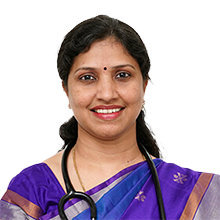
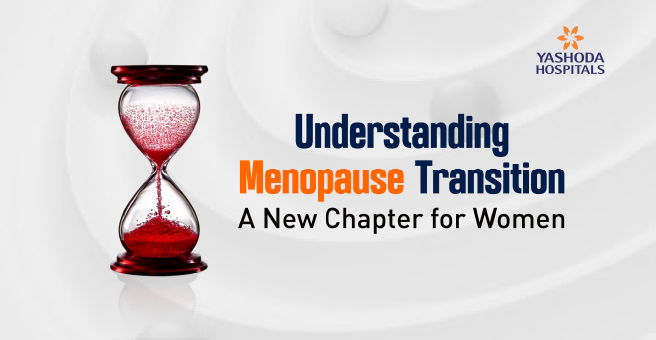

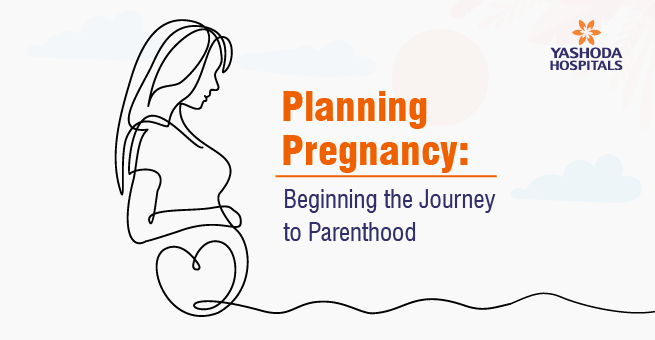



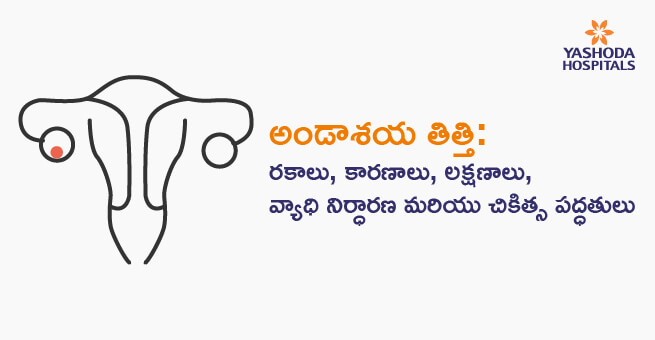
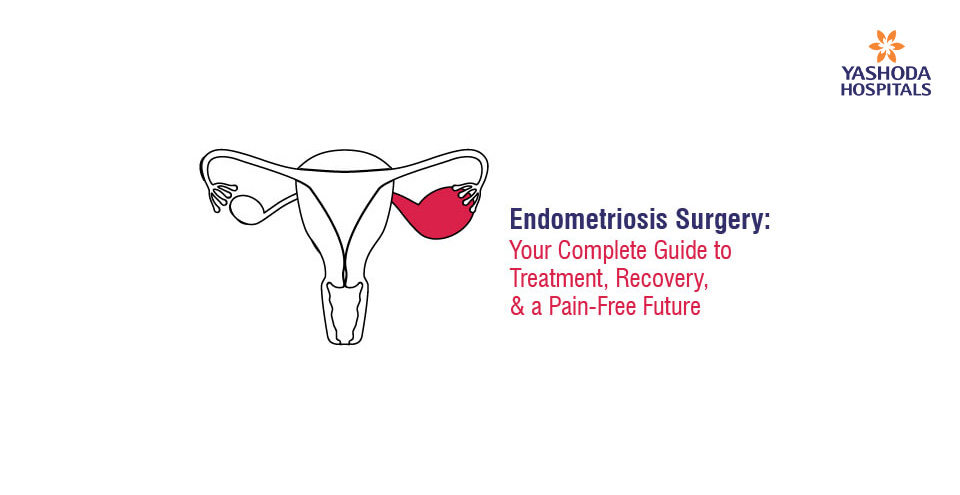









 Appointment
Appointment WhatsApp
WhatsApp Call
Call More
More

